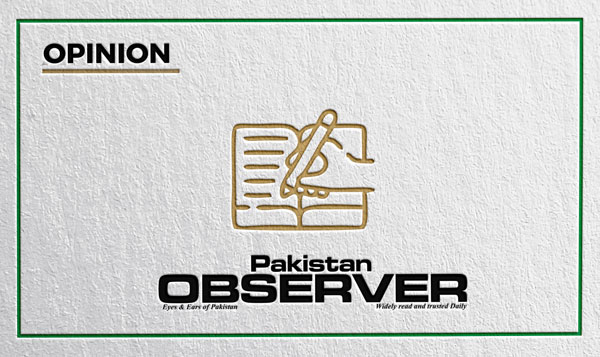Articles and letters may be edited for the purposes of clarity and space.
Pak looming gas crisis
Since 1952, Pakistan has relied heavily on natural gas as a primary source of energy. However, after 72 years, the country’s reserves, particularly from the Sui gas field, are nearing depletion.
The lack of alternative energy production has left both domestic and industrial consumers grappling with severe shortages. What was once a minor inconvenience during winter nights has evolved into a year-round crisis. Load-shedding, which initially lasted a few hours, now extends from late evening until morning, with many consumers reporting insufficient gas pressure during colder months.
A recent media report highlights the growing danger to Pakistan’s national gas transmission network. As winter sets in and imported gas consumption by the power sector decreases, line pressure has surged dangerously, ranging between 5.12 and 5.228 BCF in the last five days. Experts warn that if the pressure reaches the critical threshold of 5 BCF, the system could collapse, potentially leaving the entire country without gas.
In response to the crisis, Sui Northern Gas has reduced local gas consumption from 200 MMCF to lower levels. Despite this effort, the line pressure remains precariously high at 5 BCF. Gas production companies caution that reducing local gas flow to safeguard the transmission network is a risky manoeuvre. Wells in their final stages of production require continuous flow to maintain functionality. Halting production could lead to irreparable damage, necessitating costly investment to restore operations. Past experience has shown that such interventions rendered many wells unusable.
The current situation demands immediate attention from relevant authorities. Delays in addressing the issue risk catastrophic consequences for the country’s energy infrastructure and economy. The government and gas authorities must devise a comprehensive strategy to stabilize the transmission network while ensuring uninterrupted supply to consumers.
GULAB UMID
Turbat
Education
for profit
The recent announcement by the Karachi Intermediate Board (BIEK) about examination results reveals a concerning trend. With each supplementary paper costing Rs. 3800, it feels as though BIEK has turned education into a business rather than a support system for students.
While educational boards exist to facilitate learning and progress, the high supplementary fee places an undue burden on families, especially those already struggling financially. This fee structure raises questions about whether the board’s priority is truly academic success or financial gain. For students who may need multiple attempts, the costs become a substantial barrier to their education.
Additionally, while the board introduces new grading systems to reward excellence, shouldn’t equal emphasis be placed on making education affordable? Instead, such fees only deepen educational inequalities, penalizing those who need assistance the most. I urge BIEK to reconsider these excessive charges and prioritize accessible education for all.
TASNEEM YOUSUF
Karachi
Gaza under brutal fire
Gaza has been under the intermittent ferocity of illegally occupying forces throughout the post Six Days War (1967) era. The situation exacerbated when the Palestinian freedom fighters abducted several Israeli military personnel in October-2023. In response, Israel turned Gaza into an open siege and opened the brutal fire on the Strip from all sides, simultaneously. By now, 41,802 Palestinian including 128-139 journalists and 1706 Israelites have gone expired in one year of ongoing war. However, the UNSC adopted the Resolution No.2728 on March 25, 2024 demanding immediate ceasefire, immediate release of hostage and for ensuring humanitarian access to Gaza. But Israel is still using blind force against helpless Palestinians with same energy. Last week, 39 more Palestinians were killed and 123 injured in another Israeli onslaught.
Gaza is a western territory of Palestine along the coast of Mediterranean sea extended up to 365 square km and thickly populated by around two million Palestinians. Hamas has been ruling over Gaza as defacto power since defeating the Palestinian Authority in 2007. Gaza, being the territory of Ottoman Empires since 16th century, was given under Egyptian territory by the British Empire after WW-I. It was, later on, snatched and occupied by the Israelite forces in Six Days War 1967.
Many of the Palestinian refugees and their decedents used to live in that territory after Arab-Israel War 1948. Two Oslo Accords I,II signed in the 1990s that authorized the formation of limited Palestinian self-governance over West Bank and Gaza Strip. However, Gaza is facing the blockade by Israel and Egypt since 1990s and 2007 respectively. While South Africa, due to severe violence of human rights, filed a genocide case against Israel in ICJ on 31 December 2023 claiming that occupied forces are using arbitrary starvation as tool for ethnic-cleansing of Palestinians in Gaza.
RANA AJMAL MANSOOR
Via email









